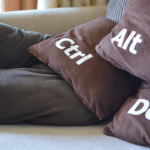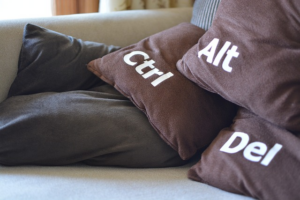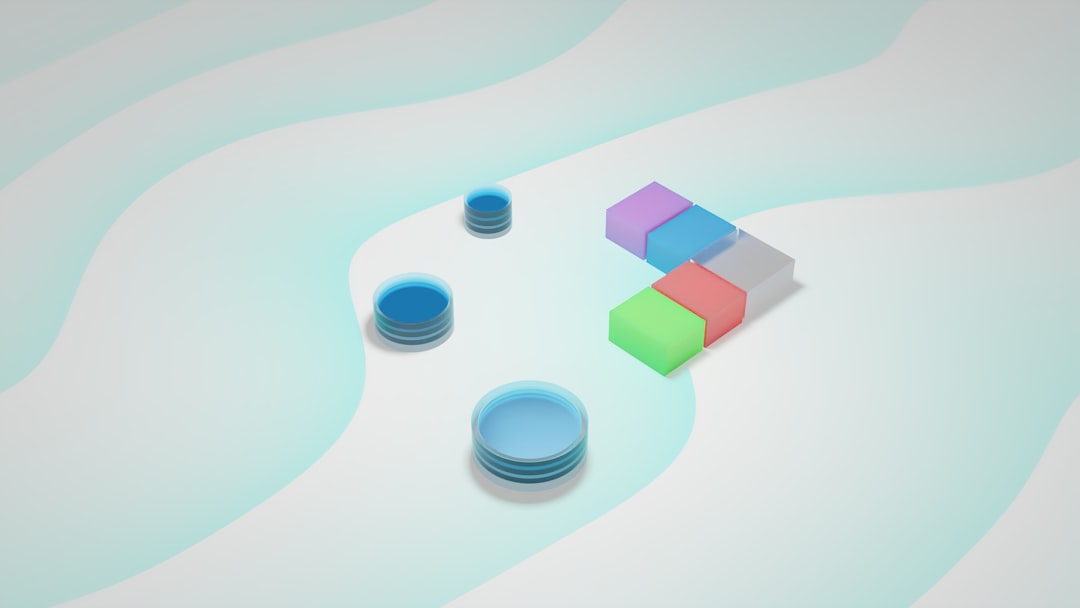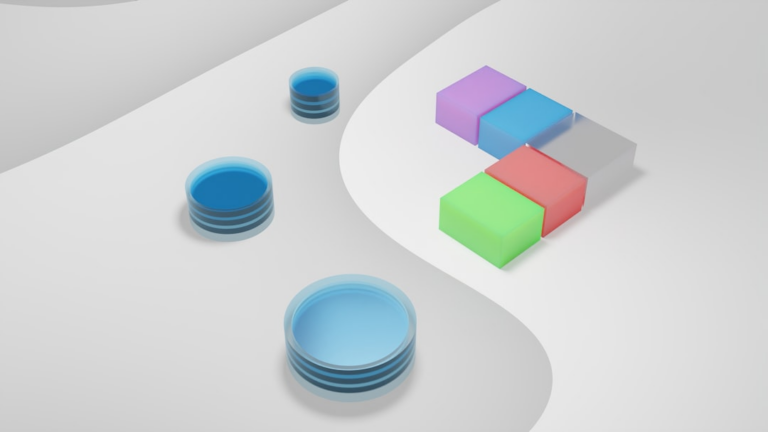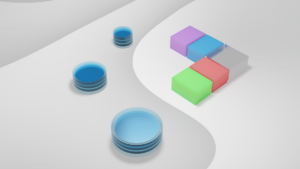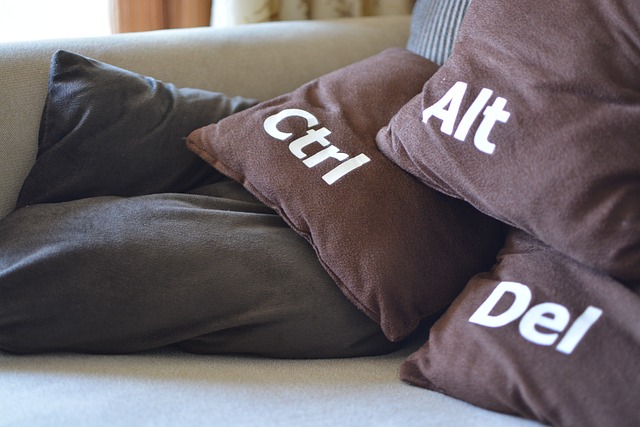Are you looking to delve into the world of Debian KDE Plasma? In this article, we will explore the ins and outs of using Debian KDE Plasma as your desktop environment. From customizing your experience to troubleshooting common issues, we've got you covered. Join us as we navigate the features and possibilities of Debian KDE Plasma.
- 1. The Ins and Outs of Debian KDE Plasma
- 2. Customizing Your Debian KDE Plasma Experience
- 3. Troubleshooting Tips for Debian KDE Plasma
1. The Ins and Outs of Debian KDE Plasma
Debian KDE Plasma is a popular desktop environment that is known for its stability, flexibility, and customization options. It is based on the Debian operating system, which is renowned for its robustness and reliability. KDE Plasma offers a sleek and modern user interface, making it a favorite among users who appreciate aesthetics and functionality.
One of the key features of Debian KDE Plasma is its extensive customization options. Users can easily personalize their desktop environment by changing themes, icons, widgets, and more. This allows individuals to tailor their workspace to suit their preferences and workflow.
Additionally, Debian KDE Plasma includes a wide range of pre-installed applications and tools to enhance productivity and user experience. From file managers and image viewers to web browsers and office suites, users have access to a comprehensive set of software right out of the box.
Under the hood, Debian KDE Plasma is supported by a vast community of developers and contributors who work tirelessly to ensure that the desktop environment remains up-to-date, secure, and user-friendly. Regular updates and patches are released to address any issues or vulnerabilities, providing users with peace of mind when using the system.
Overall, Debian KDE Plasma offers a robust and feature-rich desktop environment that caters to users looking for a reliable and customizable computing experience. Whether you are a casual user or a power user, Debian KDE Plasma has something to offer to enhance your overall productivity and enjoyment of your computing experience.
2. Customizing Your Debian KDE Plasma Experience
In the Debian KDE Plasma desktop environment, users have the opportunity to customize their experience according to their preferences and workflow requirements. By taking advantage of the various customization options available, you can tailor your desktop to suit your individual needs and enhance your overall productivity and enjoyment.
One way to customize your Debian KDE Plasma experience is by adjusting the desktop layout and appearance. You can modify the panel placement, add or remove widgets, change the theme and color scheme, and adjust the desktop effects to create a personalized look and feel. Additionally, you can configure keyboard shortcuts, mouse settings, and window behavior to streamline your workflow and make navigation more efficient.
Furthermore, you can customize the applications and tools that are displayed on your desktop to better suit your daily tasks and workflow. Whether you prefer a minimalist setup with only essential tools or a more feature-rich environment with quick access to a wide range of applications, Debian KDE Plasma allows you to customize your desktop to your liking.
Overall, the ability to customize your Debian KDE Plasma experience is a valuable feature that empowers you to create a desktop environment that works best for you. By exploring the customization options available and making adjustments based on your preferences, you can optimize your desktop experience and make the most of the powerful features and functionality that Debian KDE Plasma has to offer.
3. Troubleshooting Tips for Debian KDE Plasma
If you encounter any issues while using Debian KDE Plasma, there are several troubleshooting tips that can help you resolve them efficiently.
1. Update your system: Ensure that your Debian operating system and KDE Plasma desktop environment are up to date. Regular updates often include bug fixes and improvements that can address performance issues.
2. Check your hardware compatibility: If you're experiencing hardware-related problems, such as display issues or device connectivity issues, make sure that your hardware is fully compatible with Debian KDE Plasma. Consult the Debian wiki or forums for compatibility information.
3. Reset Plasma desktop settings: If you're facing issues with the KDE Plasma desktop environment, you can try resetting the desktop settings to their default configuration. This can help resolve customization-related problems or conflicts with third-party applications.
4. Monitor system resources: Use system monitoring tools to check the usage of CPU, memory, and disk space. High resource usage can slow down your system and lead to performance issues. Identify and close any resource-intensive processes to improve system performance.
5. Investigate error messages: If you encounter error messages while using Debian KDE Plasma, take note of the exact message and search online for solutions. Many common error messages have been documented by the Debian community, and you may find a solution by following their guidance.
By following these troubleshooting tips, you can effectively address any issues you may encounter while using Debian KDE Plasma and enjoy a smoother and more efficient desktop experience.
